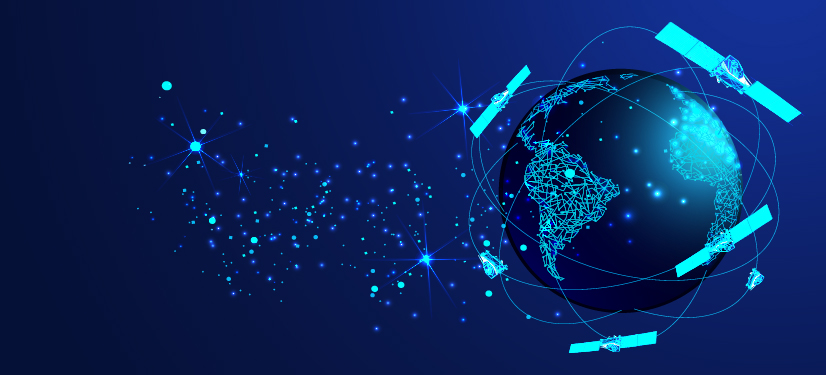There’s a Traffic Jam in Space and It Could Turn Dangerous

There’s a traffic jam in space. Yes, you read that right. Crowded roads with vehicles too close to each other is not a problem for Earth alone. It seems that, now, after decades of outer space missions, humans are creating a traffic jam with space objects. The major contributors are space debris i.e. parts of old satellites and space missions that stay in Earth’s lower orbit. Why is this a problem? Let’s find out!
The NASA Scientist Donald J. Kessler was the first to notice
Back in 1978 Kessler proposed a theory that at some point in the future, the amount of space technology in the low orbit of the Earth will be so high that they will start bumping into each other.
The problem is that objects in space travel at a very high speed, usually in the range of thousands of kilometres per hour. At this speed when objects bump into each other, they don’t just graze past, they collide. This collision will in turn create smaller chunks of space tech, which will once again collide with their neighbouring objects.

How objects could collide in space creating space debris. Image source: Wikimedia Commons/ESA
Kessler believed that once this collision starts it could go on for a while
In a domino-like effect, Kessler believed that once space collisions start they would continue for a long time, making the use of satellites useless for a few generations to come. This is something worth noting because the most basic parts of modern life like the internet, weather forecasting, GPS for example, are based on satellites. At the moment these space collisions have already started. Scientists estimate that even if we don’t have any new space missions in the near future, the amount of space debris will continue to increase since current collisions are giving rise to smaller pieces of space junk anyway.

Satellites and space debris currently around Earth. Image Source: ESA
Breakup events are one of the main causes of space debris
Not all space missions are successful. Sometimes when satellites are launched into space they explode or collide with other satellites. This is called a “breakup event” because a piece of space technology breaks up into more pieces. These pieces are useless. They are broken parts of machines and contribute to the pollution of the lower orbit of the earth.

Hundreds of satellites break up in orbit, creating space debris. Image Source: ESA
Scientists have thought of creative ideas to clean-up space
Many universities and space organisations have proposed a few plans to tackle this problem. Some of them include sending machines that can catch debris and fling them back to Earth! Others propose using electromagnetic fields to push debris to a lower level in the Earth’s orbit. The first commissioned clean-up project by the ESA proposes to send a machine that latches onto large chunks of debris and brings it back to Earth. Like an outer-space tow truck!

Did you know about this traffic jam in space before? Let us know in the comments!
Liked this? Read more here!
Track the Phases of the Moon with this DIY apparatus
You’ve Heard of Cat Whiskers, But What About Metal Whiskers?